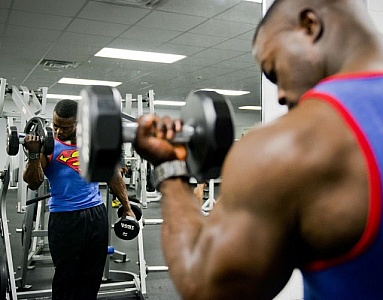In the age of data and digital transformation, wearable technology has emerged as one of the most impactful innovations in sports. From GPS trackers to smart fabrics, wearables are reshaping how athletes train, recover, and compete. This revolution isn’t just about fancy gadgets—it’s about unlocking new levels of performance and injury prevention.
What Are Wearables in Sports?
Wearables are electronic devices worn on the body that collect and transmit data. They range from consumer-level fitness trackers to elite-grade biomechanical monitors. The information captured includes heart rate, speed, movement patterns, workload, sleep, and even hydration levels.
Types of Wearable Devices
-
Fitness Trackers and Smartwatches
Brands like Garmin, Polar, and Apple provide real-time metrics on heart rate, pace, distance, and calories burned. Useful for both amateur and professional athletes. -
GPS Vests
Common in team sports like soccer, rugby, and American football. These vests track sprint speeds, accelerations, and player positioning for tactical analysis. -
Heart Rate Monitors
Chest straps and optical sensors provide detailed heart rate zones, which help in optimizing training intensity and recovery strategies. -
Motion and Biomechanics Sensors
Attached to joints or embedded in clothing, these measure joint angles, impact forces, and symmetry. Used in rehabilitation and injury risk assessment. -
Sleep and Recovery Trackers
WHOOP, Oura Ring, and similar devices analyze sleep quality, heart rate variability (HRV), and readiness scores—key indicators of recovery status. -
Smart Apparel
Compression garments embedded with sensors to monitor muscle activation, posture, and fatigue.
Applications in Professional Sports
-
Soccer teams use GPS data to limit player load during congested match periods.
-
NBA players track sleep and HRV to plan travel recovery.
-
Track athletes use motion sensors to fine-tune sprint mechanics.
-
Swimming federations deploy smart suits to measure stroke efficiency.
Benefits of Wearable Technology
-
Injury Prevention
Wearables help flag fatigue, asymmetry, or overload before they turn into injuries. Real-time feedback allows trainers to adjust workloads immediately. -
Performance Optimization
By analyzing biomechanics and load, coaches can tailor drills to correct inefficiencies and enhance strengths. -
Personalized Training
Each athlete responds differently to training. Wearables allow for data-driven individualization of programs based on sleep, stress, and effort metrics. -
Long-Term Development
Tracking progress over months or years helps in managing talent pipelines and athlete transitions from youth to pro levels.
Challenges and Ethical Considerations
-
Data Privacy: Who owns the data? Athletes, teams, or third-party providers?
-
Information Overload: Too much data can lead to “paralysis by analysis” unless interpreted by trained professionals.
-
Cost: High-end systems are expensive, limiting access to elite organizations.
The Future of Wearables in Sports
Advancements in AI and machine learning are making wearables not just diagnostic but predictive. Future systems may warn of injury risk days in advance or suggest ideal training loads tailored to hormonal cycles, weather conditions, and personal history.
Final Thoughts
Wearable technology is transforming modern sports by turning the body into a data source. For athletes striving for that extra 1% edge, wearables offer a powerful advantage—provided the data is used wisely and ethically. As technology continues to evolve, so will the athlete’s journey toward peak performance.




















